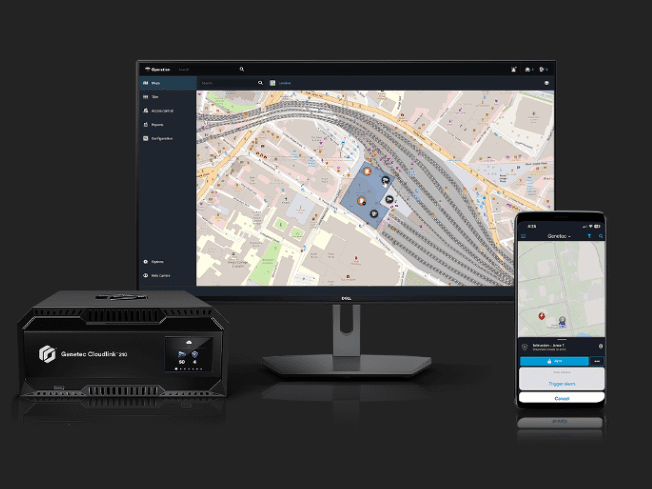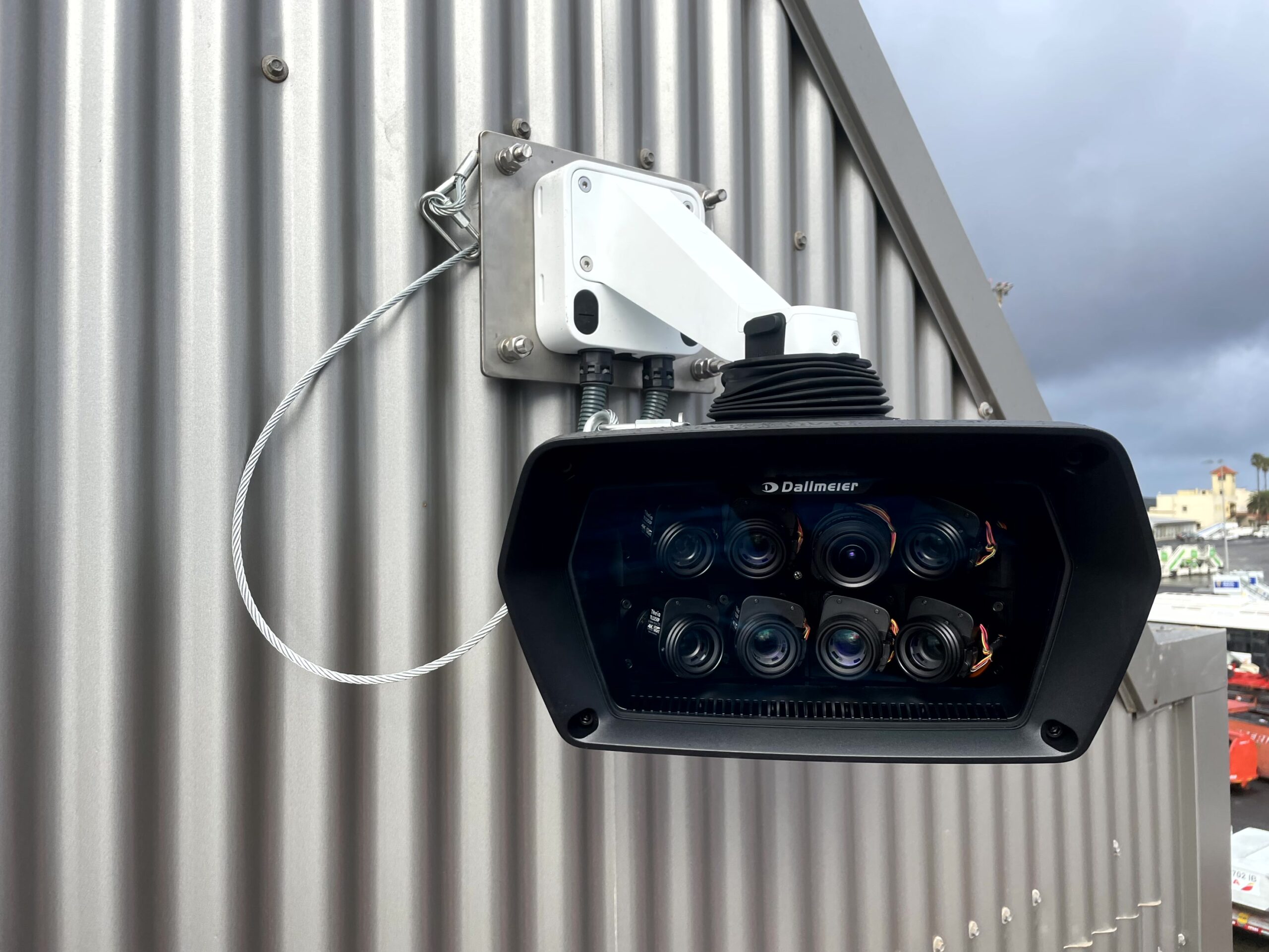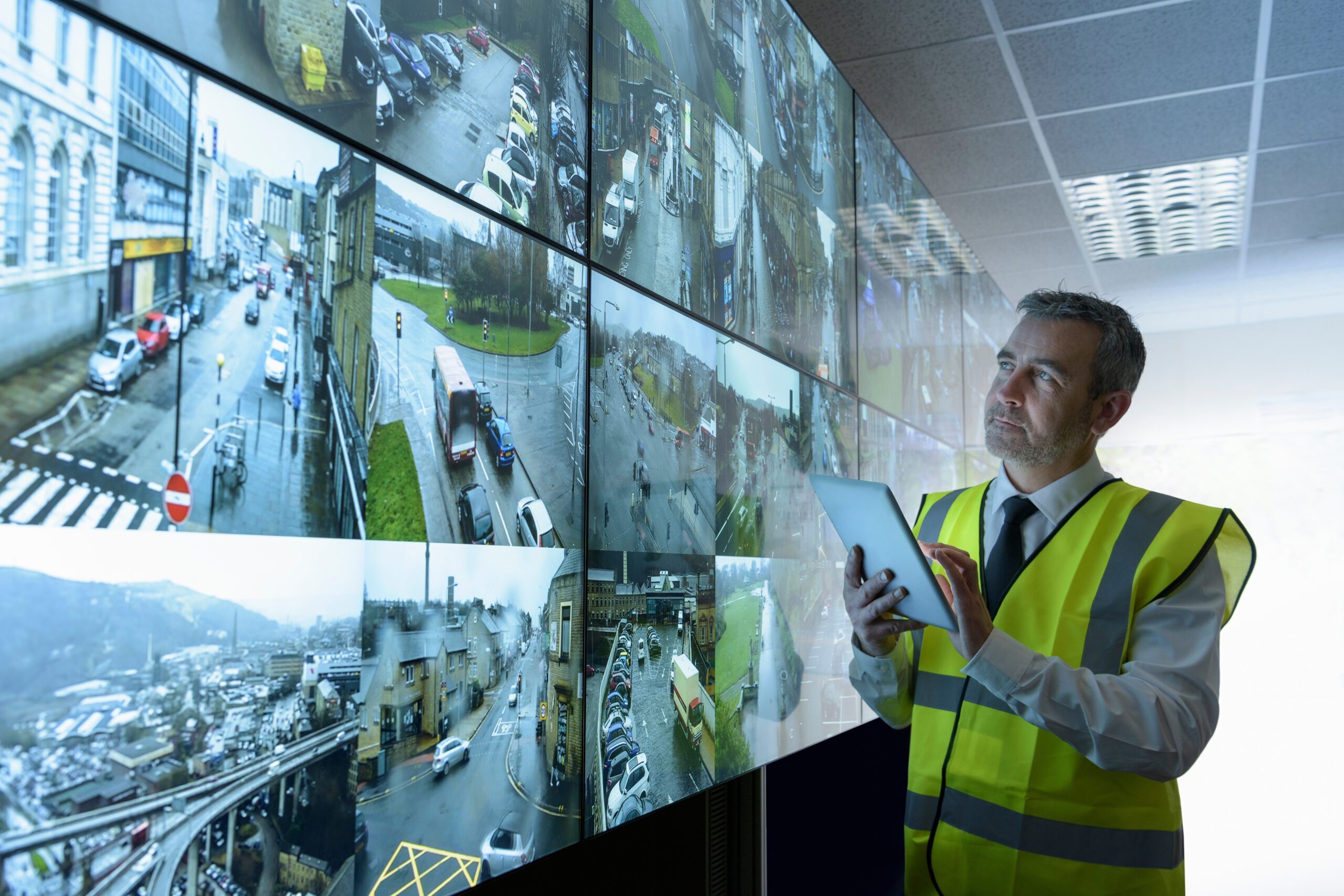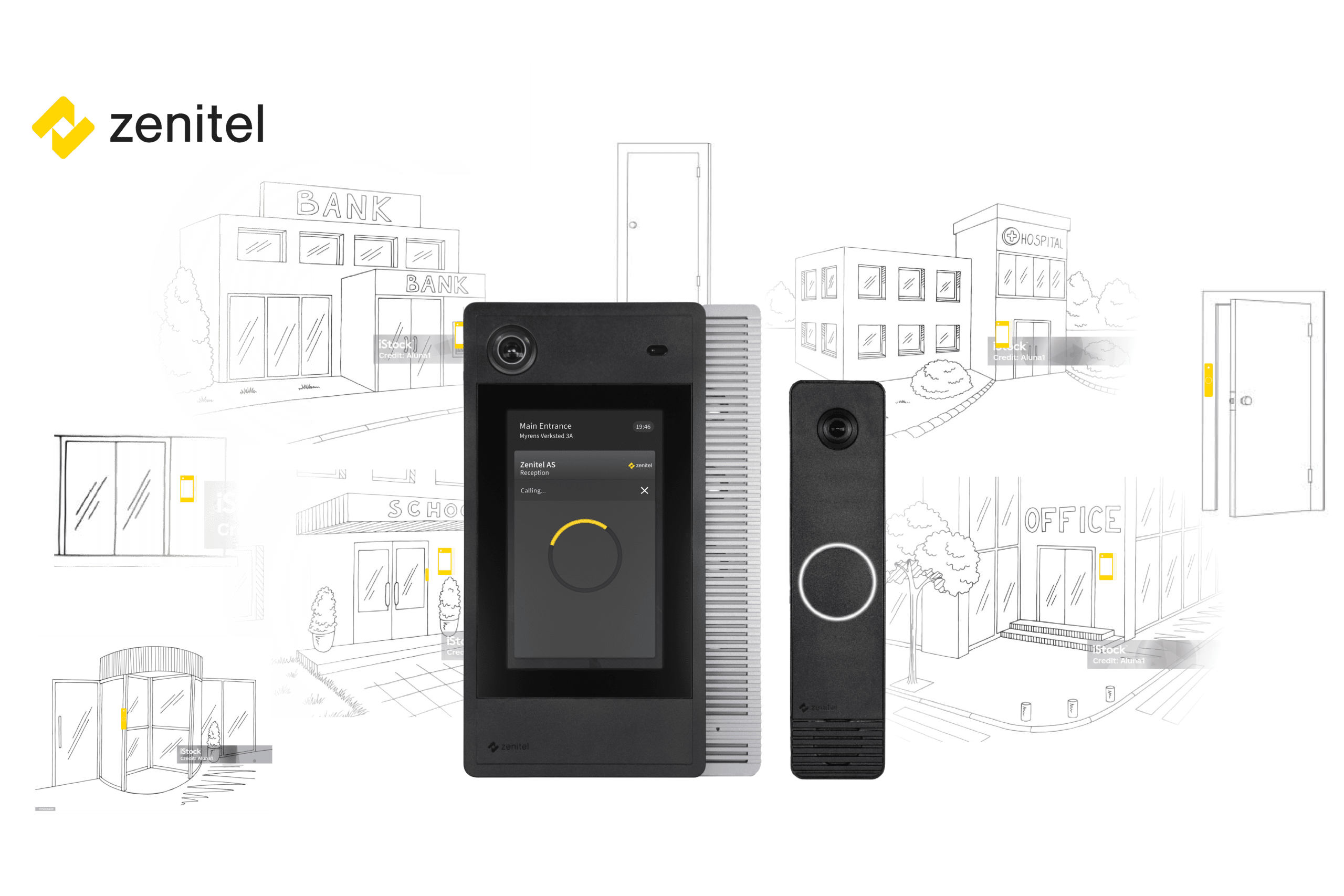Cargo is a crucial component to global infrastructure, and is a prime target to thieves, so how can we secure the transportation sector and protect goods?
Cargo theft tactics are evolving. From food and beverages to high-end electronics, cargo thieves continue to target commodities that can be sold easily on the black market. Opportunistic thieves can make almost all goods fair game. Knowing emerging tactics can help businesses recognise their vulnerabilities and prevent potential cargo theft.
There are some things about cargo theft that haven’t changed much over the years and there are many things that have changed significantly including new methods, targeted commodities, and the use of technology to commit cargo theft.
Top tips
To reduce thefts involving trucks organisations can run background checks on all drivers and provide training in basic security protocols. Drivers should stop as infrequently as possible and then only at destinations and in busy, public areas. GPS tracking devices placed on trucks and cargo enable carriers to locate stolen goods. Locked wheel boots make it difficult to steal a vehicle while a driver takes a break. At the same time, electronic devices placed in the cab activate a truck’s braking system, immobilising the vehicle until the driver enters a PIN code.
The British study found that in 2020, a quartre of worldwide cargo thefts occurred in facilities such as warehouses. About one in seven cargo thefts in the US originated in warehouses. The top targeted items included food and beverages, electronics, consumer products and alcohol and tobacco.
There are proven security devices and protocols that work at warehouses. Ensure keys and access cards are collected, and any PIN codes are changed immediately upon an employee’s termination. These simple steps make it much harder for former employees to steal warehoused goods.
Other security tips include keeping the warehouse interior, perimeter fences, parking lots and exterior entries well lit. Darkness makes it easier for criminals to go unnoticed. Also, maintain the structure, including the immediate replacement of broken locks and windows.
Video surveillance is a great way to monitor critical areas such as entries and loading docks – areas where goods enter and leave the warehouse. Combined with good lighting, surveillance cameras provide real-time and recorded images of events around the clock. Many operators of large warehouses use intelligent video analytics to monitor activity automatically. However, up to 98% of camera-based analytic alerts are false alarms, which take employees away from other essential duties.
Artificial intelligence and its subsets, machine learning and deep learning are trained to recognise the movements of humans and vehicles, reducing false alarms by more than 90%. Warehouses are busy places, so adapt the analytics to create alerts only when motion is detected in areas such as remote parking lots or little-used entries. The software can be set to monitor by time, for example, overnight and on holidays when employees are not expected.
Shrinkage is a costly issue for most supply chain businesses. That chain is only as strong as its weakest link, and there are plenty of opportunities within the movement of goods for criminals to exploit. Better security can limit theft and vehicle damage, resulting in lower insurance premiums and greater profitability.
To read the full article see our latest issue here: December/January 2022 Single Issue – (securitybuyer.com)
Media contact
Rebecca Morpeth Spayne,
Editor, Security Portfolio
Tel: +44 (0) 1622 823 922
Email: [email protected]

























